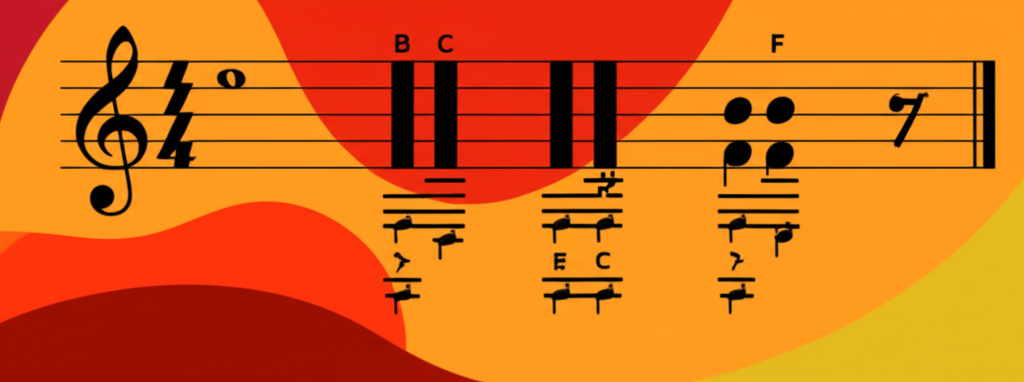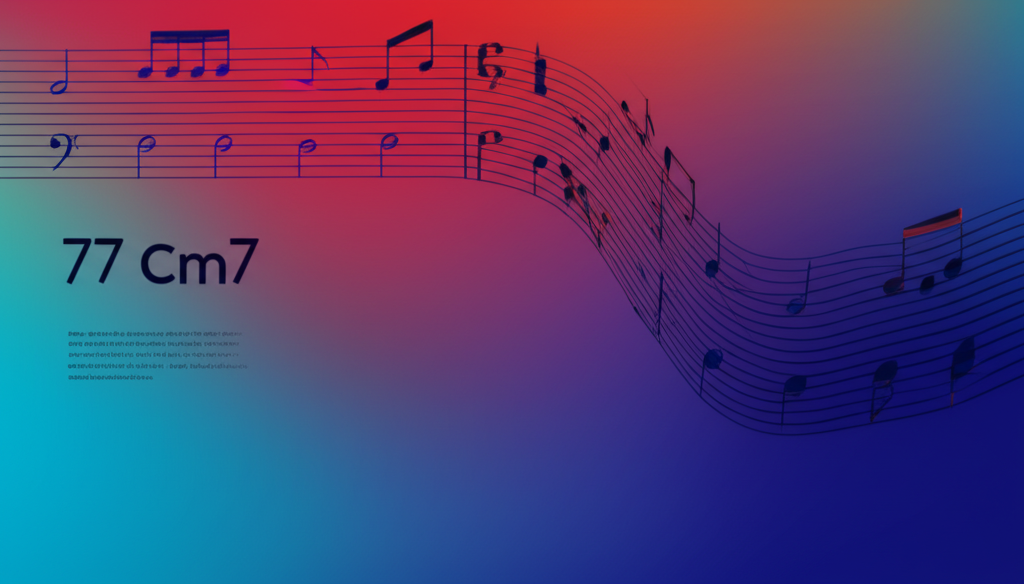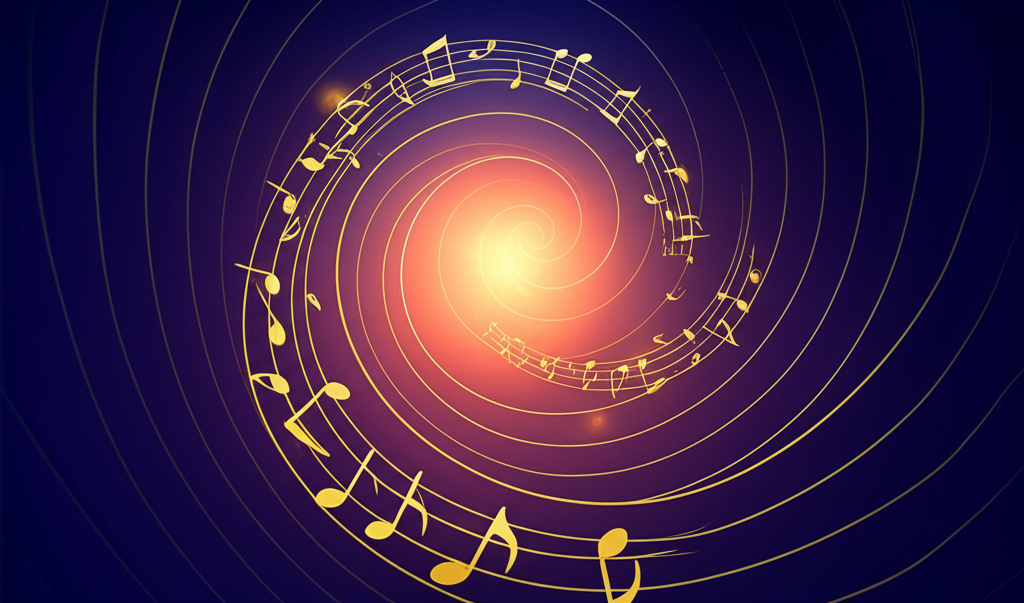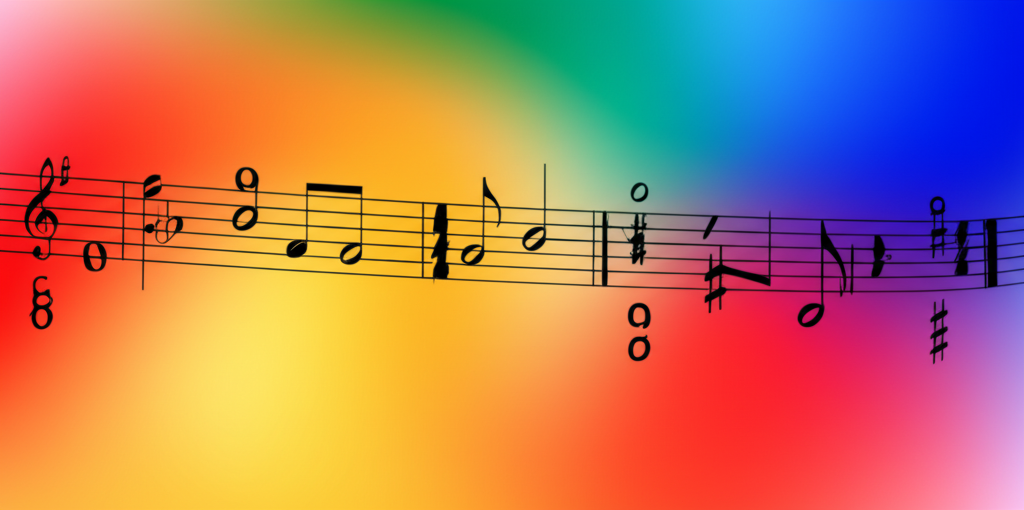Articles tagged with: "ii"

Common Chord Progressions: The Building Blocks of Musical Harmony
Chord progressions are the harmonic foundations that drive musical compositions across nearly all Western musical styles. This comprehensive guide explores the most common and influential chord...
Read more
The iii-vi-ii-V Progression: Circle of Fifths in Motion
The iii-vi-ii-V is one of the most elegant and common chord progressions in Western music, particularly in jazz and classic pop. It functions as a powerful extension of the fundamental …

Unlocking the Sound of Anime: A Guide to the Japanese Progression
This definitive guide explores the "Japanese Progression" (IV–V–iii–vi), the iconic chord sequence that gives J-pop, anime themes, and video game music its signature emotional power. We deconstruct...
Read more
Decoding Bird Changes: A Deep Dive into Charlie Parker's Harmonic Labyrinth
This article provides an expert analysis of "Bird Changes," the iconic chord progression from Charlie Parker's bebop masterpiece, "Confirmation." We will dissect its advanced harmonic structure,...

The Ultimate Guide to the ii-V-I Progression
The ii-V-I progression (pronounced "two-five-one") is more than just a sequence of chords; it's the fundamental grammatical sentence of jazz and tonal music. Found in countless standards, from...

Extended Chords: Adding Color and Sophistication to Harmony
Most musicians begin their journey by learning basic triads—the foundational building blocks of harmony. But to unlock the rich, complex sounds of jazz, R&B, and modern classical music, you need …

Bebop Major Scale: Elegant Chromaticism in Jazz
The bebop major scale is an eight-note scale that adds a chromatic passing tone between the fifth and sixth degrees of the major scale. This sophisticated scale is a cornerstone …

The Ultimate Guide to the Dominant Seventh Chord
If there's one chord that acts as the engine of Western music, it's the dominant seventh. You've heard its tense, unresolved sound countless times in everything from Bach to blues, …

Half-Diminished Chord: The Sophisticated Minor Seventh Flat Five
Often called the Minor Seventh Flat Five (m7b5), the half-diminished chord is a cornerstone of musical sophistication. It masterfully balances the moody tension of a diminished triad with the smooth...
Read more
The Neapolitan Chord: A Guide to this Dramatic Chromatic Harmony
The Neapolitan chord, a striking chromatic harmony, adds a unique splash of color and emotion to music. This article demystifies this special chord, exploring its definition as a major triad …

The Andalusian Cadence: Unlocking the Haunting Power of the i-VII-VI-V Progression
The Andalusian cadence is a powerful and evocative chord progression, defined by a descending bassline that moves from the minor tonic to the dominant: i-VII-VI-V. Famous for its use in …
Read more
Unlocking the Sound of Jazz: A Comprehensive Guide to the Bebop Minor Scale
This article provides an in-depth exploration of the Bebop Minor scale, a fundamental tool in the vocabulary of jazz improvisation. We will deconstruct its common forms, understand its unique...

Minor Seventh Chord: The Sound of Cool
The minor seventh chord is a four-note chord built from a minor triad with an added minor seventh. Its sound is often described as smooth, melancholic, or sophisticated, creating a …
Read more
The i-VI-ii-V7 Progression: Unlocking Minor Key Harmony in Jazz
The i-VI-ii-V7 is one of jazz's most elegant and emotionally resonant harmonic sequences. Rooted in the minor key, this progression masterfully blends the somber quality of the tonic with a …

The Dominant Eleventh Chord: A Guide to Its Sound, Soul, and Function
This article demystifies the dominant eleventh chord (V11), a sophisticated harmony that defines the sound of modern jazz, funk, and gospel. We explore its theoretical construction, the crucial...

The Bebop Dominant Scale: Unlocking the Language of Jazz
The Bebop Dominant scale is an eight-note scale that adds a single chromatic passing tone to the standard Mixolydian mode. This addition is the key to creating the smooth, rhythmically …

Unlocking Harmonic Journeys: A Guide to the Extended II-V Progression
This article offers a comprehensive guide to the Extended II-V progression, a cornerstone of jazz and modern harmony. We'll break down how this chain of related chords creates powerful forward...
Read more
Altered Chords: Adding Color and Tension to Your Music
Altered chords are a cornerstone of modern harmony, providing a rich palette of tension and release by chromatically modifying standard chord tones. This guide demystifies altered dominant chords,...

Unlocking the Secrets of the Minor 13th Chord
The minor 13th chord is a lush, sophisticated harmony that often functions as a point of resolution in jazz and contemporary music. This article demystifies its theoretical structure, explains the...

Modal Rock Progression: The Dark Power of i-bVII-bVI
The i-bVII-bVI progression is a cornerstone of rock harmony, creating a dark, epic, and mysterious atmosphere. Derived from the natural minor scale (Aeolian mode), this sequence avoids traditional...

Secondary Dominants: Adding Color and Direction to Chord Progressions
Secondary dominants are one of the most powerful tools in functional harmony, used to add color, tension, and forward momentum to chord progressions. By temporarily "tonicizing" chords other than the...

Bossa Nova Chord Progressions: A Guide to the Brazilian Sound
Bossa nova chord progressions are the heart of the genre, blending the harmonic complexity of American cool jazz with the subtle, syncopated rhythms of Brazilian samba. This guide explores the...

Unlocking the Dark and Dramatic: A Guide to the Phrygian Progression (i-bII-bIII-iv)
This article explores the i-bII-bIII-iv Phrygian progression, a powerful chord sequence known for its dark, tense, and exotic sound. We will break down its theoretical foundation in the Phrygian...